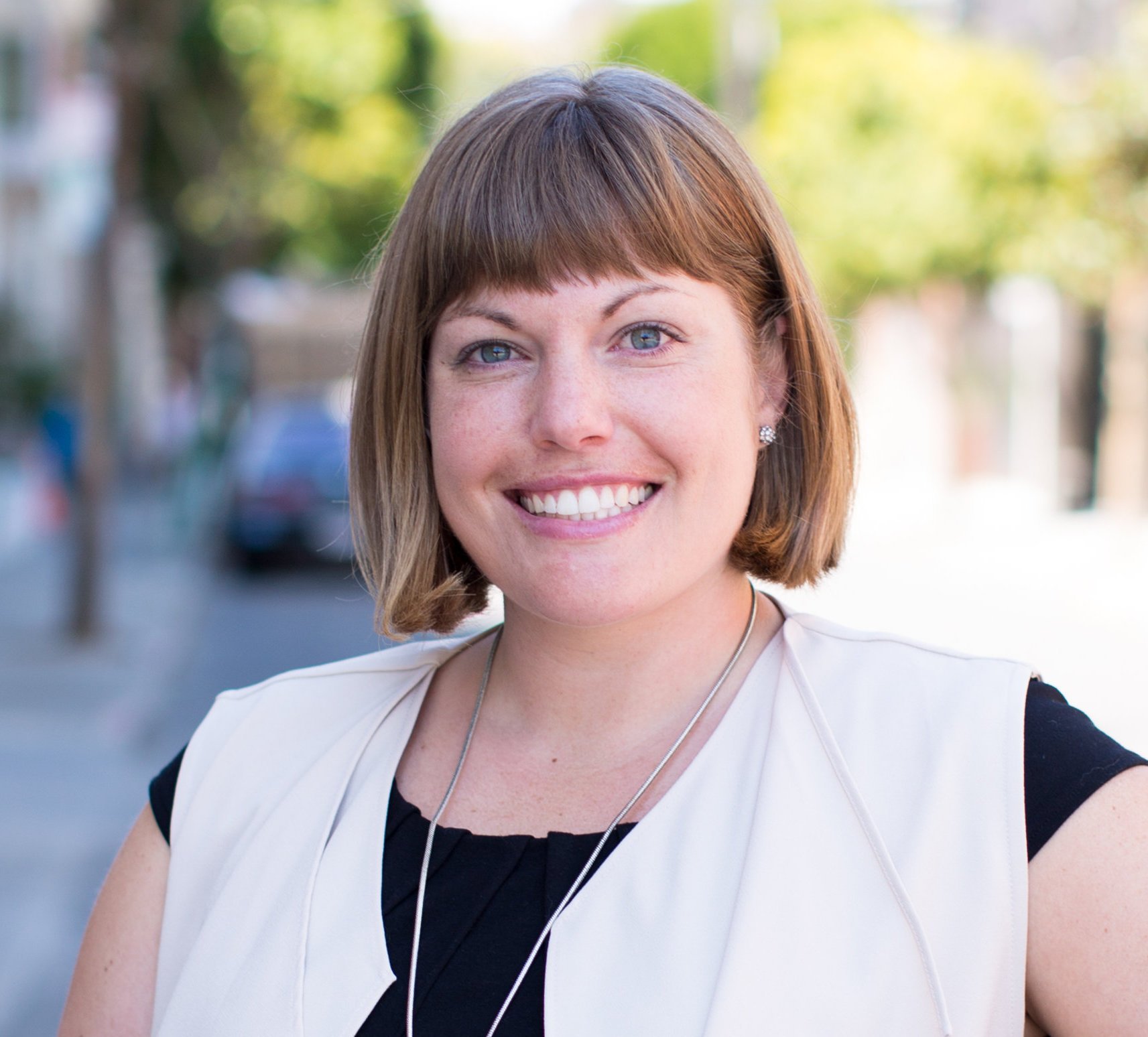
Smart Home IoT: Why Carriers Are Using a Phased Approach to More Successfully Measure ROI
Recommended For You
Customer retention challenges continue to grow for carriers serving customers who demand innovative and digitally enabled experiences. The average customer retention rate within the industry is 84%. Smart home IoT is one strategy carriers can use to increase customer acquisition and retention, but it's not without its concerns. This is where a phased adoption can be helpful, says Brett Jurgens, co-founder and CEO at Notion.
"When considering smart home IoT we find that many carriers are concerned about budget," says Jurgens. "They want to measure the success of the program and demonstrate ROI to stakeholders. A phased approach allows carriers to bring in the right stakeholders at the right time, and demonstrate the most relevant results."
How does a phased rollout work?
There are a variety of metrics that are critical to a successful program, but many of these can't be accurately measured during a short pilot. "We often notice a reduction in water claims, but we don't typically see this in the first few months," says Jurgens. "A phased approach allows carriers to truly understand how IoT is creating returns in their businesses without having to make a large investment upfront. There are three recommended phases to rolling out a smart insurance program: pilot, scale and expansion."
The pilot phase
The pilot phase includes a smaller sample size and is focused on effectively rolling out the program within the carrier. A heavy emphasis is put on evaluating communication performance both to agents and customers. A specific state or region may be selected for the pilot prior to a larger rollout during the next phase. Metrics are primarily focused on installation rates. Carrier-specific goals are also measured, such as customer acquisition rates and the reduction of CAC.
The scale phase
During the scale phase, the project is expanded to a larger customer base. If a specific state was included in the pilot, the carrier may expand nationally. Many of the metrics tracked during the pilot are still measured, but additional items are also tracked including sensor placement, customer engagement, satisfaction, and churn rates.
"We may focus on learning where customers are placing the sensors and how this affects claims," says Jurgens. "We may also focus on customer engagement and policy renewal rates."
The expansion phase
The expand phase focuses on additional opportunities to expand the program. A carrier may have focused exclusively on homeowners but now wants to expand to small businesses.
"We may also help carriers connect insureds with important resources during this phase," says Jurgens. "Now that we've identified a water leak, what's next? How can we expand this offering to get people the required services to fix the leak? Today, we can do this directly in the app with our HomeAdvisor integration."
Measuring ROI with success
A phased approach helps carriers successfully measure the right metrics at the right time. "The most successfully smart insurance programs use a top-down approach," says Jurgens. "It can't be a side project but should instead be a part of the carrier's core offering and value proposition to customers."
Successful implementation of a phased approach has large payoffs and allows carriers to take a proactive stance with the customer relationship through smart IoT.
© 2025 ALM Global, LLC, All Rights Reserved. Request academic re-use from www.copyright.com. All other uses, submit a request to [email protected]. For more information visit Asset & Logo Licensing.








